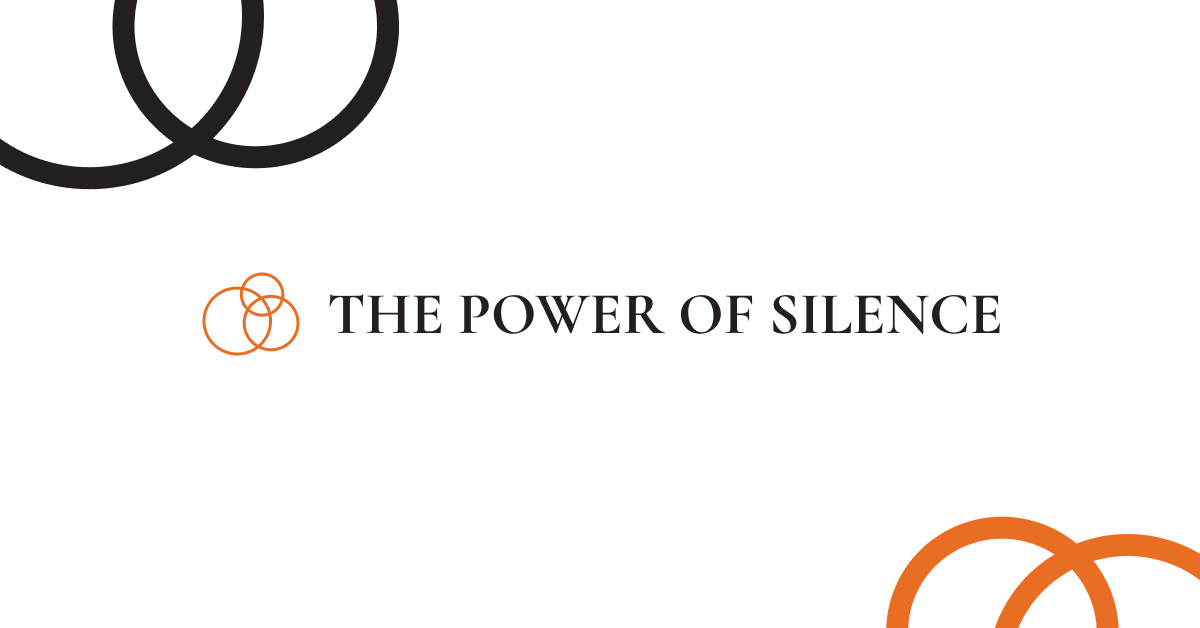Join Our Newsletter
Subscribe with your email to receive the latest news, updates, and exclusive offers.

The term consciousness is one that has eluded the grasp of science for a long time. Many of the greatest minds throughout history have tried to unravel the mystery that surrounds its origin and place and have set different definitions of what consciousness is in the first place.
From the idea that it’s a meta-cognition, or the ability to ponder one’s own thought process, to the capacity to recognize one’s own mortality, or the ability to imagine future situations and make plans accordingly.
The definition of consciousness set by classical neurology is that it’s an ongoing process of arousal and awareness. And it is consciousness that defines us as human beings, the elemental aspect of who we are, and at the same time, one of the greatest mysteries.
While neuroscientists have long debated and research the notion of consciousness and its whereabouts in our brains, it is known that one part of the brain plays a role in its existence.
The brainstem, responsible for the regulation of arousal, or the “spark plug of consciousness,” as neurosurgeon Richard M Bergland names it, is the oldest and deepest part of the brain. It is the part of the brain that controls heart function, breathing, and the sleep-wake cycle.
It has been observed that without a proper function of the brainstem, a large number of people end up in a coma, which is, in essence, the absence of conscience. However, even if the brainstem serves as the trigger of consciousness, the complexity of one’s awareness cannot be attributed to this single part of the brain.
Awareness and where it emanates from has long been a mystery to the scientific community, and for the first time, neuroscientists have managed to trace a pattern that indicates to one’s awareness.
By discovering a network between the brainstem and the cortex in patients who had brainstem lesions, the team managed to prove the, until then, speculations that awareness may reside in the newest parts of the brain and its outermost layer, the cortex.
After analyzing 36 patients with brainstem lesions, 12 of whom were in a coma, and 24 were conscious, and comparing the results, the research team managed to discover a network which they believe points to one’s awareness.
They discovered that a small area of the brainstem was responsible for the presence (or absence) of consciousness, called the rostral dorsolateral pontine tegmentum. As Michael D. Fox, Ph.D., a researcher in this study, explains, “When it is damaged, almost every patient became comatose.”
Next, they started analyzing the rest of the brain regions that may play a role in the presence of consciousness, succeeding in zeroing in on two areas in the cortex which are connected to this part of the brainstem.
The left, ventral, anterior insula (AI) and the pregenual anterior cingulate cortex (pACC), together with the rostral dorsolateral pontine tegmentum in the brainstem are what now the research team believes to be the neural network from which consciousness derives.
While more research needs to be done for these findings to be verified, this feat is an incredible step forward which will not only impact neurology but can also play a role in medicine and even philosophy.
Source: Harvard Medical School